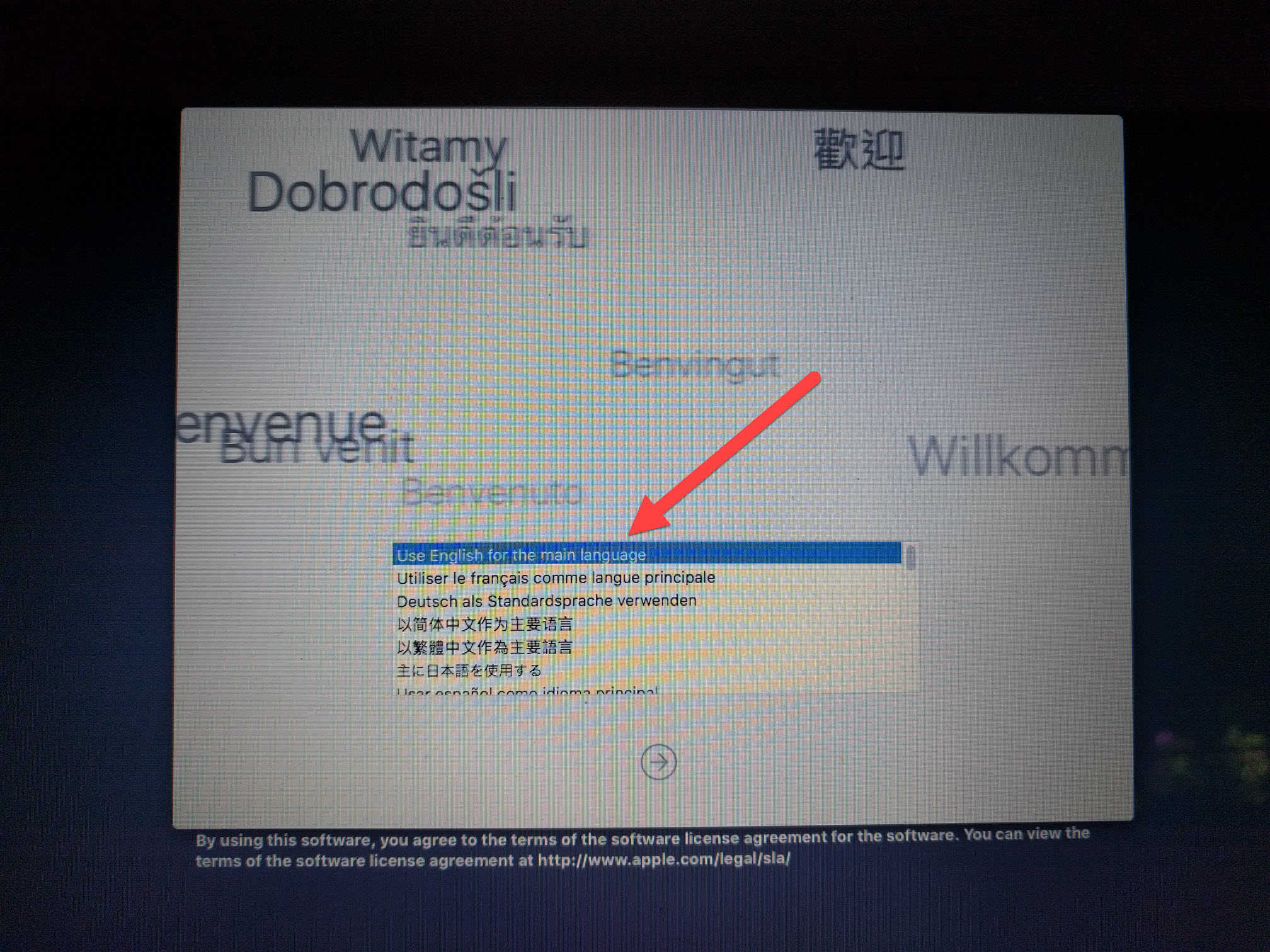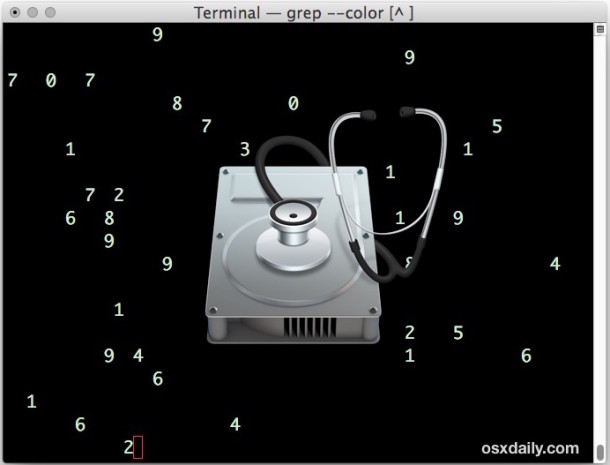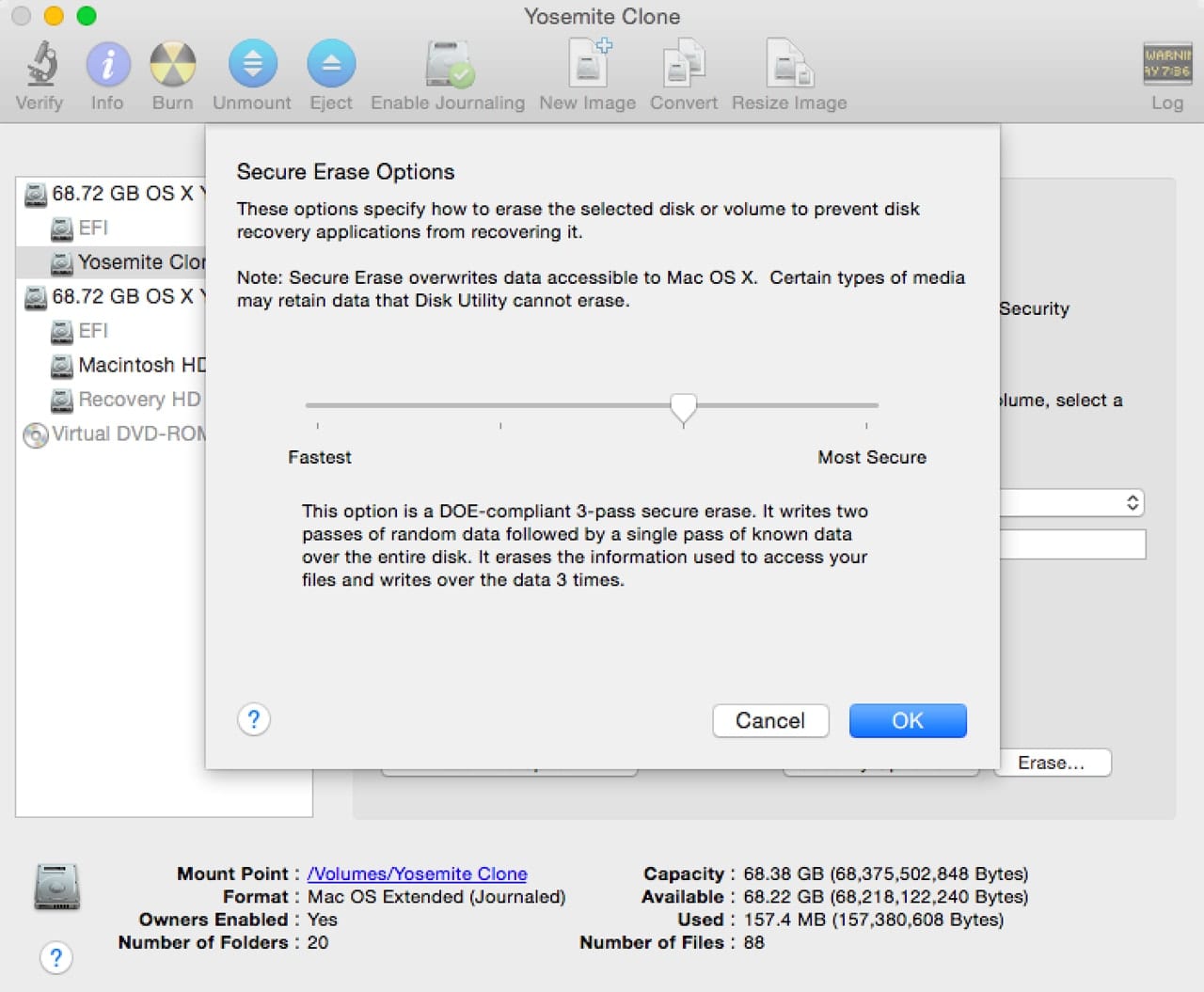
:max_bytes(150000):strip_icc()/001B-format-mac-drives-using-disk-utility-2260076-2cfeba7e03bc485f8f3a98921d1597da.jpg)
MacOS has retained the following built-in options for securely removing data: The best method to use for any SSD is full-disk encryption FileVault is Apple's full-disk encryption. Use macOSĭue to the prevalence of solid-state drives (SSDs), Apple has removed many of the tools previously provided to securely erase data from hard disk drives (HDDs). The "Statistics" box at the top right will display an estimate of the time remaining on the disk wiping process. As soon as you press F10, data erasure will begin. Press the F10 key to begin the secure erase process.Uncheck your selection and instead wipe the entire disk. If you see "", you have already selected a section of the disk for wiping.


#Mac secure erase windows
#Mac secure erase mac
Related: Signs It’s Time to Replace Your Mac Erasing all content and settings in macOS securely wipes the device but leaves the operating system intact, so the Mac is ready for the new owner to set up once you’ve handed it over. Failure to do so could mean the new owner can gain access to your private data and personal information. If you’re giving your Mac to someone else, erasing all the content and settings beforehand is highly recommended. You’re giving or selling your Mac to someone else Here are some common reasons to erase all content and settings: You may experience several situations in which factory resetting your Mac is necessary. Let’s examine the new addition in more detail. With the release of macOS Monterey, however, Apple has added the option to erase all content and settings to the System Preferences, which mirrors a similar feature in iOS. Previously, if you wanted to factory reset your Mac, you had to do so from the recovery partition, which involved wiping the hard drive and reinstalling the software.

These days, the way to factory reset your Mac is similar to iOS as well. Icons look similar, features match, and seamlessness between the two operating systems increases. Over time, macOS and iOS have begun to resemble each other more and more.


 0 kommentar(er)
0 kommentar(er)
